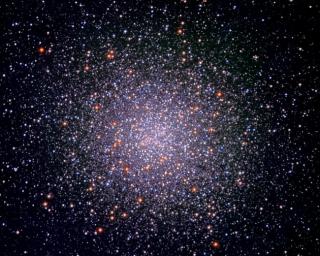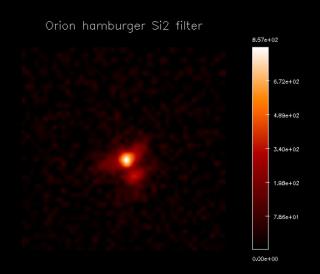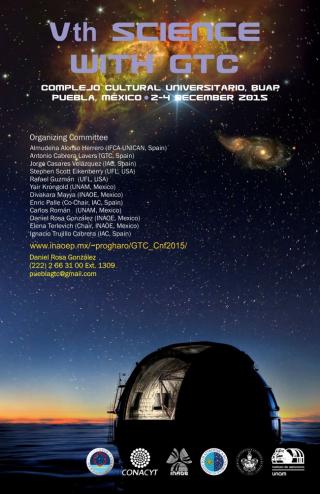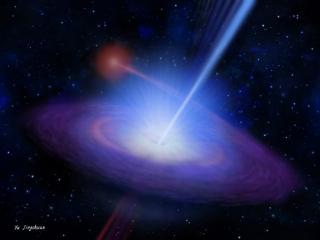
The specialized Journal The Astrophysical Journal Letters (ApJL) is publishing today, in its on-line version, a study led by the Institute of Astrophysics of the Canaries (IAC) in which the researchers have identified a type of giant stars (AGB which means Asymptotic Giant Branch) of the second generation, and rich in aluminium, in four globular clusters with a range of metallicities and ages in the Milky Way. The detection of these stars on the giant branch of the well known Hertzsprung-Russell (HR) diagram is what is expected according to theoretical models of stellar evolution, and
Advertised on




